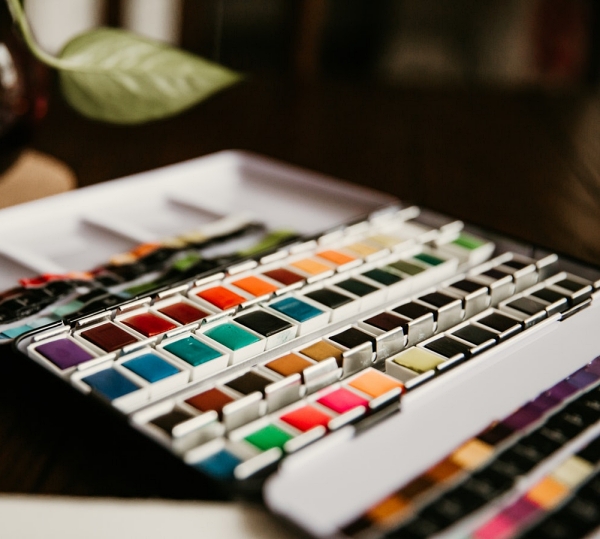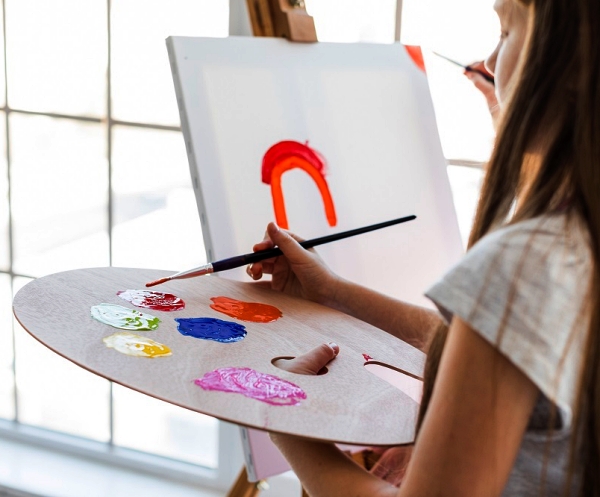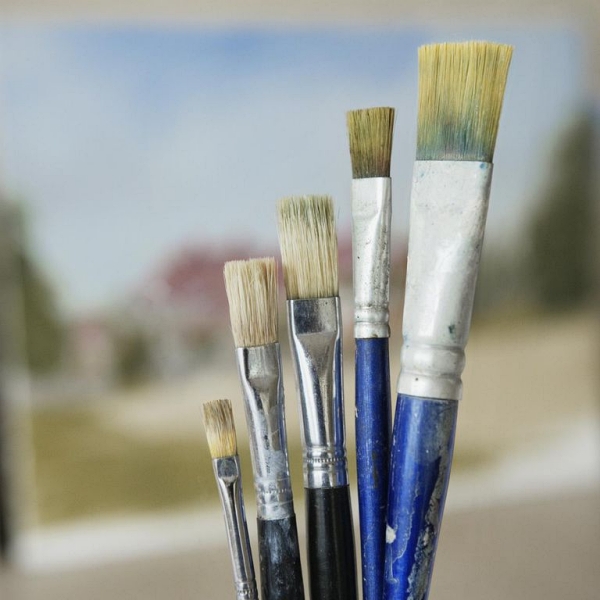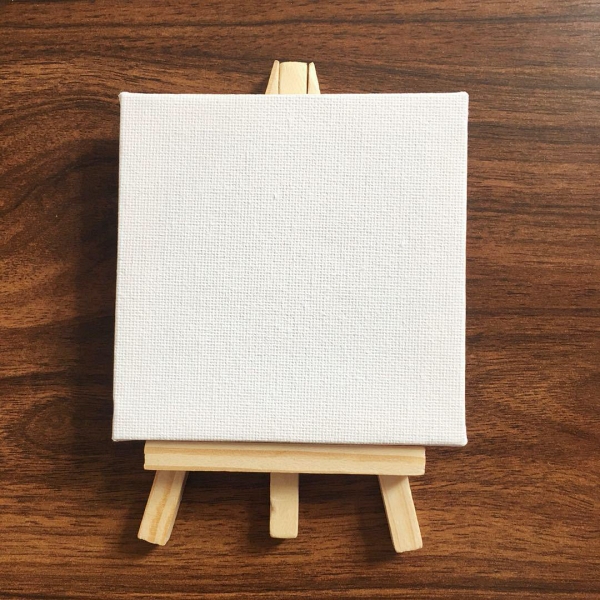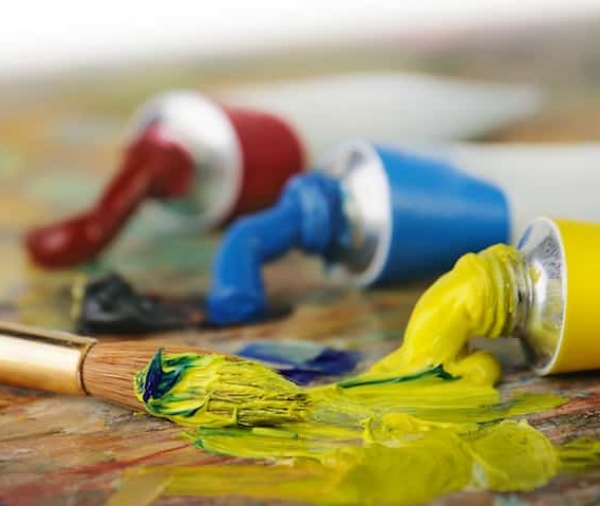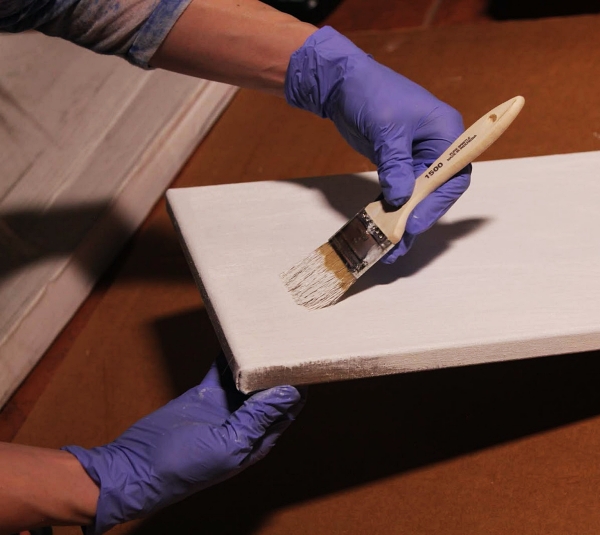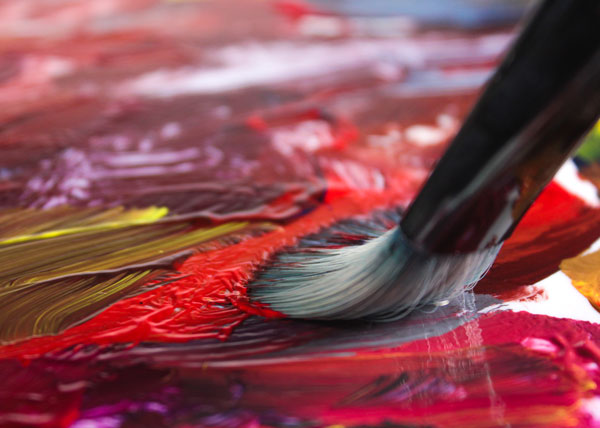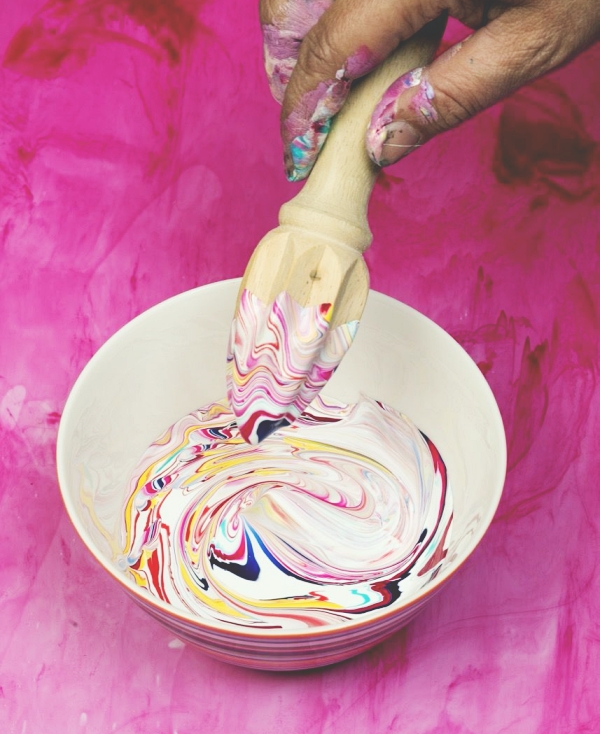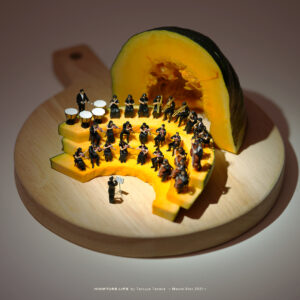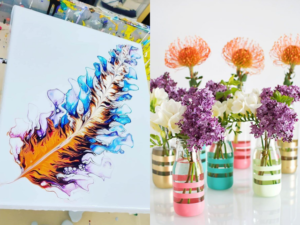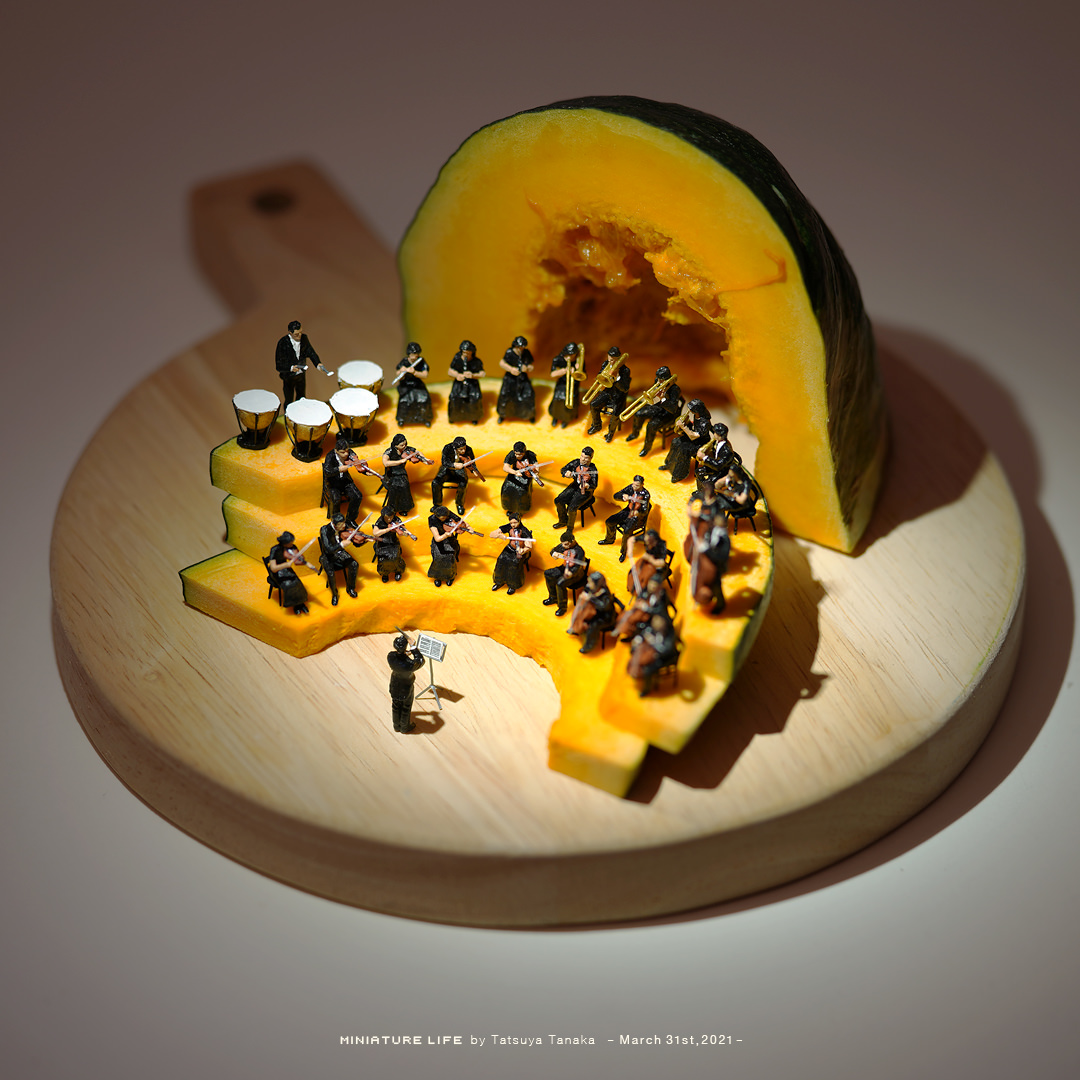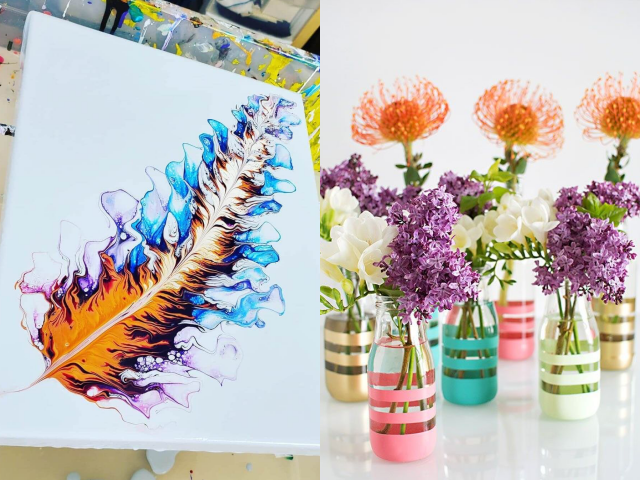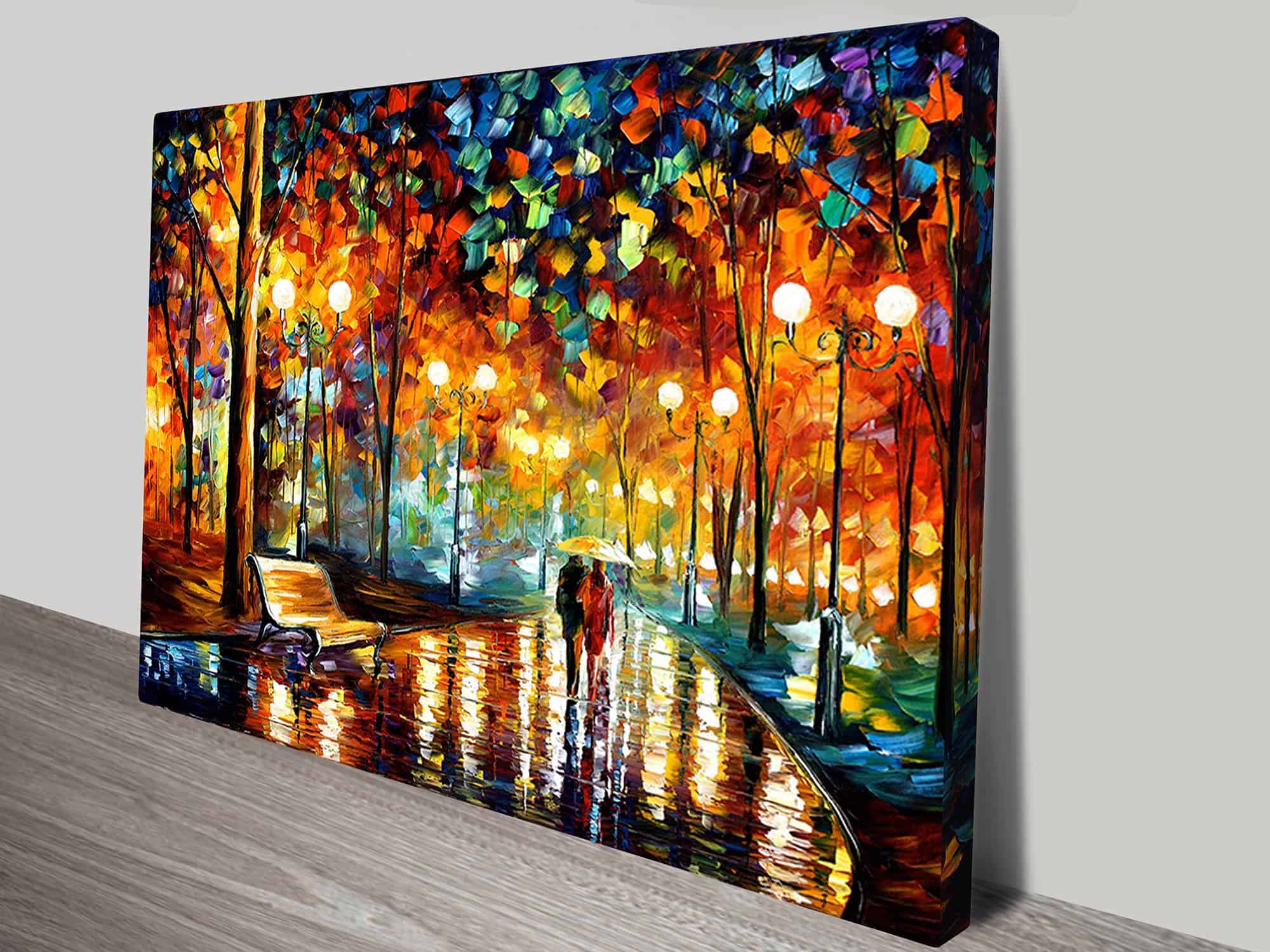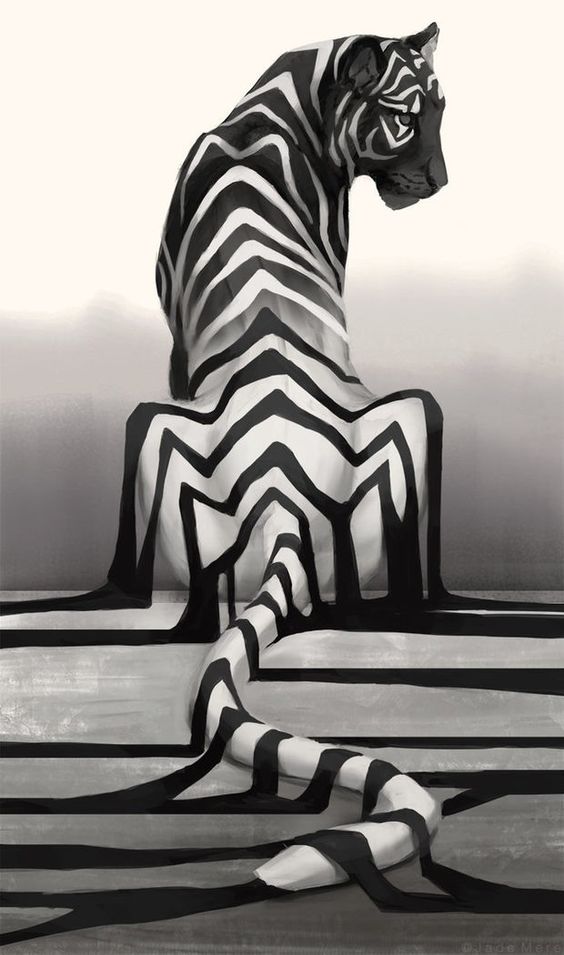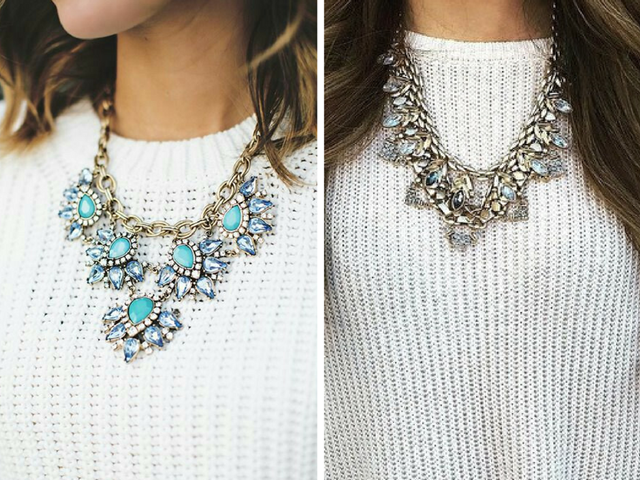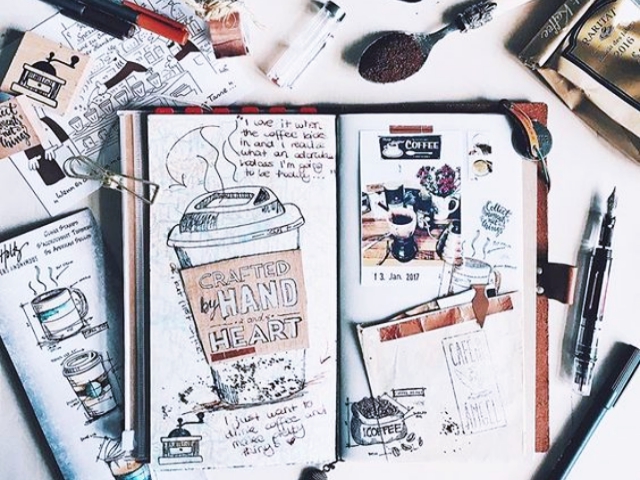There is something about canvas surfaces that give paintings greater dimensions in terms of depth, texture, and atmosphere. Whichever paints and tools you are using, the canvas has a timeless appeal that is no less relevant today than it was for the old masters. There are just one or two things that should be remembered when working with canvas.
All different types of art need to be shared and promoted to find the best audience. With a network solutions website builder, artists can easily create a space where they can showcase their artwork.
Priceless Tips for Painting on Canvas
Choose the right paints
When painting on canvas, the most commonly used are acrylic and oil paint. Acrylic is easy to use, and it dries quickly, while oil paints have a thick texture that works well with canvas. Latex, tempera, and gouache paints can also be used on canvas.
Find a setup that works
Decide whether you prefer to work at an angle or on a flat surface, and choose the best position for your easel. Also, consider where you would like your palette to be, along with your brushes, knives, and any other tools and supplies.
Choose appropriate brushes
Brushes need to be right for the paint you are using, as acrylic and oil paint brushes need to have longer handles and stiffer bristles. Using a palette knife with acrylic is also a popular choice.
Prep your canvas
When using a pre-stretched canvas on a wooden frame, it is a good idea to prime the canvas with a white paint mixture like gesso. This makes the canvas smoother by sealing its fibers, which makes it easier to paint on and offers protection for brushes.
Check your colors
When acrylic paints dry, they can appear slightly darker than when you are painting. This should be tested on scrap paper, with the differences taken into account before you start on canvas. The difference after drying is less noticeable when using oil paints.
Use a background color
In addition to priming your canvas, you can consider applying a tone to the whole of your canvas to create a certain mood. If the overall tone of your painting is to be dark and pensive, a gray tone could work well as a base.
Keep your acrylics wet
One of the challenges of working with acrylic paint is that it dries quickly on the palette. Work on the largest forms of your composition first and work quickly with the largest brush for a longer period. The smaller brushes for detail can come later. Also, try using a plant mister to keep the paints from drying.
Try using a medium
This is the matter that can be mixed with oil or acrylic paints to give them a different shine, viscosity, texture, or volatility. Experimentation with mediums can impart an infinite range of effects to your paintings and keep the paints from drying.
Dry brush for texture
Dry brushing refers to skipping the brush in paint then applying it to the canvas horizontally, allowing it to drag. This leaves a subtle, textured effect that works well with certain subjects.
Have a space for drying
Before painting begins, it is important to be sure you have a safe space where your work can dry without being disturbed. Be cautious when setting your canvas to dry, and make sure it doesn’t stick to any surfaces that could potentially ruin your artwork.
Painting on canvas is enjoyable, and it allows for the creation of unique paintings. But the canvas is not as easy to replace as other materials, so a strict routine of planning and preparation should be followed.


